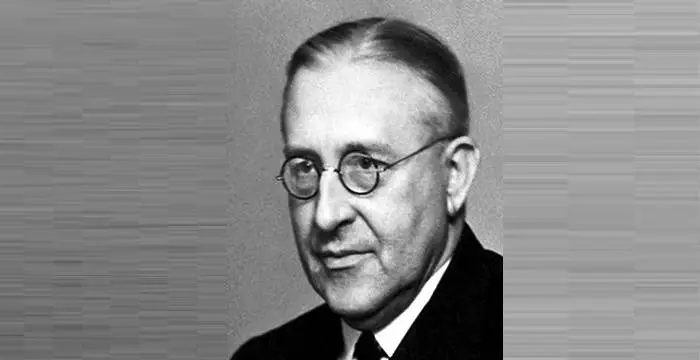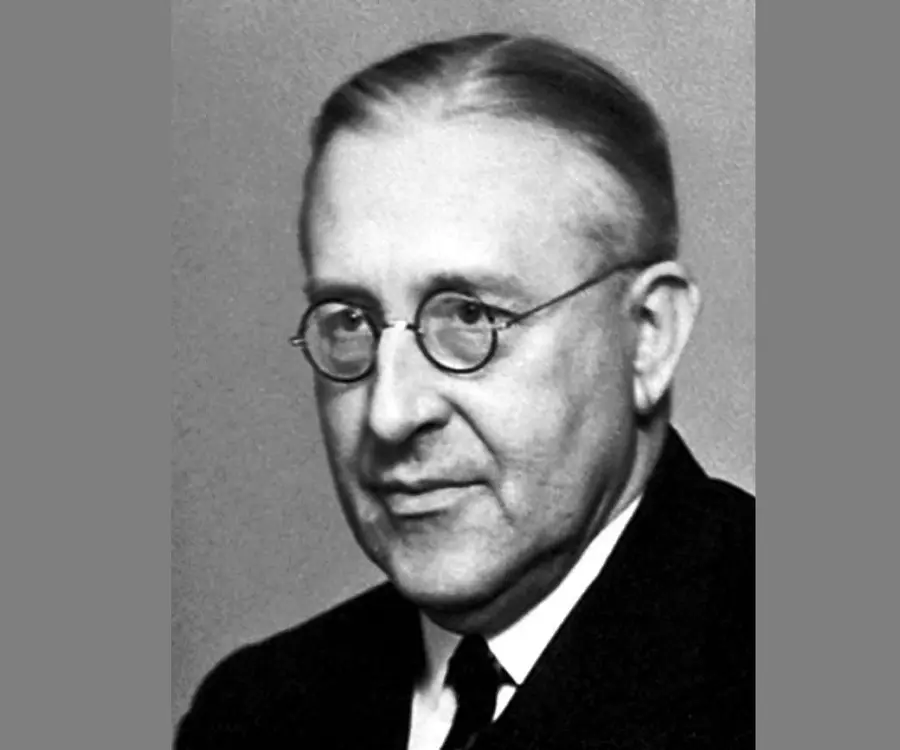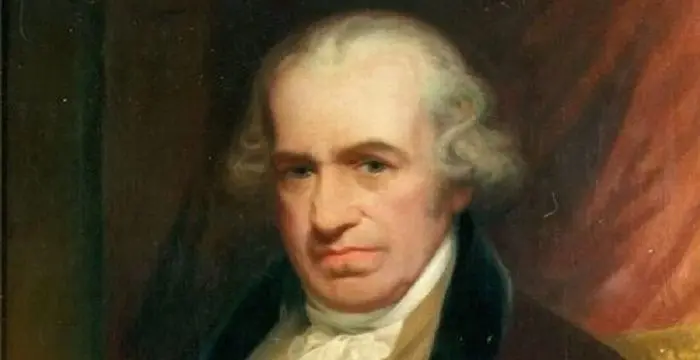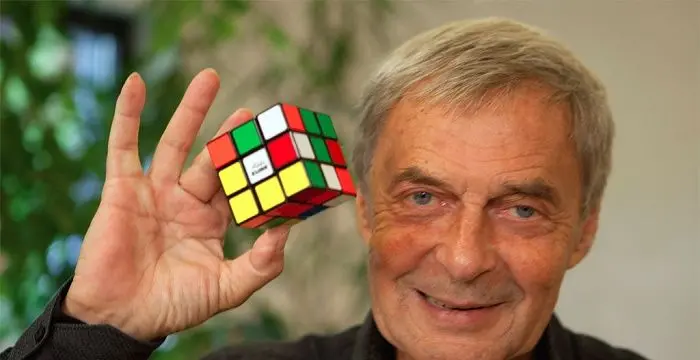
Victor Francis Hess - Discoverer of Cosmic Rays, Life Achievements and Childhood
Victor Francis Hess's Personal Details
Victor Francis Hess was an Austrian-American physicist who won the 1936 Nobel Prize in Physics for his discovery of cosmic radiation
| Information | Detail |
|---|---|
| Birthday | June 24, 1883 |
| Died on | December 17, 1964 |
| Nationality | American |
| Famous | Inventors & Discoverers, Physicists, Discoverer of Cosmic Rays |
| Universities |
|
| Birth Place | Peggau |
| Gender | Male |
| Sun Sign | Cancer |
| Born in | Peggau |
| Famous as | Discoverer of Cosmic Rays |
| Died at Age | 81 |
Victor Francis Hess's photo
Who is Victor Francis Hess?
Victor Francis Hess was an Austrian-American physicist who won the 1936 Nobel Prize in Physics for his discovery of cosmic radiation. Born in late nineteenth century Austria, he graduated from the University of Graz and started his career at Institute of Radium Research of the Viennese Academy of Sciences. While working there in 1913, he discovered that atmospheric ionization was caused, not by the earth as was believed at that time, but by a highly penetrating ray that originated in the outer space. Unfortunately, at that time, there were few takers of the theory outside the University of Vienna and it was not until 1925 that his theory was corroborated and the ray was named as ‘cosmic ray’. He received Nobel Prize in Physics for this invention even later. Nonetheless, he kept on teaching at different Austrian universities and once Austria was occupied by Germany, Hess fled to USA. There too he kept on his research work and contributed significantly in the field of radioactivity. He was strongly opposed to nuclear test because he believed that very little was known about radioactivity to say for sure such tests, even if carried underground, would have no impact on the surface.
// Famous Physicists
Henry Cavendish
Henry Cavendish was a theoretical chemist and physicist, renowned for discovery of hydrogen and calculation of the mass of earth. To know more about his childhood, profile, timeline and career read on
Walter Kohn
Nobel Laureate Walter Kohn was an Austrian-born American theoretical chemist and physicist. Check out this biography to know about his childhood, life, achievements, works & timeline.
Nikola Tesla
Nikola Tesla was a Serbian-American inventor, best known for his development of alternating current electrical systems. This biography of Nikola Tesla provides detailed information about his childhood, life, achievements, works & timeline.
Childhood & Early Life
Victor Francis Hess was born on the 24 June 1883, in Waldstein Castle, near Peggau in Steiermark, Austria. His father, Vinzens Hess, was a forester under the service of Prince Louis of Oettingen-Wallerstein. His mother’s name was Serafine Edle von Grossbauer-Waldstätt.
In 1893, ten year old Victor was sent to Gymnasium in Graz for his secondary education. After passing out from there in 1901, he entered the University of Graz with Physics as his major. He then earned his graduate degree in 1905 and post graduate degree in 1908 and finally the PhD degree in 1910.
Career
Victor Francis Hess began his career with a short stint at the Physics Institute of Vienna. Here he worked under Professor Von Schweidler, who was the first to introduce young Hess to the new discoveries that were being made in the field of radioactivity.
In 1911, he joined Institute for Radium Research, a newly opened research institute under Austrian Academy of Sciences. There he worked under Stefan Meyer, an Austrian Scientist involved in research on radioactivity and also under Franz Exner, a pioneer in the study of radiation.
Under them, he began his research on gamma rays. At that time it was believed that air was slight conductor of electricity because of ionization of gamma rays. It was assumed that the earth was the source of this radiation. But, preliminary findings suggested that the ionization increased with altitude and so the earth could not be the source.
A number of renowned scientists began to experiment on this. Hess first designed a new device that was far more precise than previously used. He then went up in balloons to measure the degree of ionization, once in 1911 and seven times in 1912 and once in 1913. Each time, he measured the radiation systematically.
Hess found that the level of radiation decreased up to an altitude of one kilometer and then began to increase. What is more, the radiation is almost double at an altitude of 5 km in comparison with the level of radiation at sea level. Therefore, the earth could not be the source.
Hess went up in the balloon during the day as well as in the night. One of these ascents was also undertaken during total eclipse of the sun. He found little difference in the readings. So he concluded that the sun could not be the source of the ionization either.
Finally in 1912, he concluded that unknown ray with high penetrating capability enters the earth's atmosphere from space and that ray is the cause of such ionization. Hess published the result of his work in the Proceedings of the Viennese Academy of Sciences.
His findings were confirmed much later in 1925 by American physicist Robert Andrews Millikan. It was Millikan, who named the ray, ‘cosmic ray’. Meanwhile Hess continued teaching at Institute for Radium Research and at the same time carried on his research work.
In 1920, he was appointed Associate Profess at the University of Graz. In 1921, he took leave of absence and went to the USA. There he worked for two years with United States Radium Corporation (New Jersey) and US Bureau of Mines (Washington DC).
Hess rejoined the University of Graz in 1923 and served there till 1931. In 1925 he became the Ordinary Professor of Experimental Physics at the University.
From 1931 to 1937, he served as the Professor Director at the Institute of Radiology under University of Innsbruck.
Hess was married by then and his wife was a Jew. He had also been a representative of the sciences in the independent government of Chancellor Kurt von Schuschnigg. Therefore, in 1937, as Germany occupied Austria, he was warned that if he stayed back in Austria he would be arrested and sent to concentration camp.
To avoid persecution by the Nazis, he first went to Switzerland. Within a month, his arrest warrant was issued in Austria. Therefore, he decided to relocate to the USA, where his wife’s son from her first marriage used to live.
He finally immigrated to the USA in 1938 with his wife. In the same year, he joined Fordham University as Professor of Physics and continued with his research.
In 1946, he together with Paul Luger of Seattle University conducted the first tests for radioactive fallout of Hiroshima bombing in the United States.
By 1947, Hess worked out "an integrating gamma-ray method" by which minute amounts of radium in the human body could be detected. As a result, detection of radium poisoning at an early stage became feasible.
In 1955, he was asked by the United States Air Force to study the effect of nuclear test in terms of radioactivity. Hess differentiated between natural and artificial radiation and established that traces of artificial radiation can be determined in the atmosphere.
He taught at the Fordham University for twenty years. He retired from there in 1958, but continued with his research work. Throughout his career, he published sixty papers and quite a few books. ‘Die Wärmeproduktion des Radiums’ (The heat production of radium), written in 1912 was his first published book.
Major Works
Although Hess had undertaken research work all through his life and had made important contributions to an understanding of radiation and its effects on the human body, discovery of the cosmic rays is his most important work. It opened the door to many new discoveries in the field of nuclear physics as well as particle or high energy physics.
Awards & Achievements
In 1919, he was awarded with the Ignaz Lieben Prize by the Austrian Academy of Sciences for the discovery of cosmic rays.
In 1936, Victor Francis Hess jointly received Nobel Prize in Physics for his discovery of cosmic radiation.
In 1932, Hess received Abbe Memorial Prize and the Abbe Medal of the Carl Zeiss Institute in Jena.
In 1959, he was honored with Austrian Decoration for Science and Art by the government of Austria.
Personal Life & Legacy
In 1920, Victor Francis Hess married Marie Bertha Warner Breisk. Since she was a Jew, Hess had to relocate to the USA in 1938 on the wake of persecution by the Nazis. He lived there till the end of his life.
In 1944, Hess became a naturalized citizen of the USA. Marie Bertha died of cancer in 1955. In the same year, he married Bertha’s nurse Elizabeth M. Hoenke. The couple remained married until his death in 1964. He did not have any children.
Towards the end of his life Hess was afflicted with Parkinson’s disease. He died from it on 17 December 1964, in Mount Vernon, New York.
Trivia
Domenico Pacini, a contemporary of Hess, also undertook extensive experiment on cosmic rays. However, instead of going up in a balloon, he went under the sea. He put his instrument in a copper box and then placed it the Bay of Livorno.
The radiation measured at the bottom of the sea was much less than that found on the surface. So he concluded that earth’s crust could not be the source of the cosmic rays. Since both the scientists knew about each other’s work, it was argued that Hess should not get the sole credit of discovering the cosmic ray.
Unfortunately, Pacini passed away in 1934, the year it was decided that Nobel Prize should honor the discoverer of the cosmic rays. Since this prize cannot be awarded posthumously Hess alone was honored for the discovery of cosmic rays.
// Famous Inventors & Discoverers
Nikola Tesla
Nikola Tesla was a Serbian-American inventor, best known for his development of alternating current electrical systems. This biography of Nikola Tesla provides detailed information about his childhood, life, achievements, works & timeline.
Thomas Newcomen
Thomas Newcomen was a British inventor who developed the world’s first steam engine. Browse through this biography to learn in details about his life, career, works and timeline.
Erno Rubik
The famous inventor and educationist, Erno Rubik is known world-wide for his invention the ‘Rubik’s Cube’. To know more about the childhood, profile, timeline and career of this famous architect-inventor read on.
Victor Francis Hess's awards
| Year | Name | Award |
|---|---|---|
Other | ||
| 0 | Nobel Prize in Physics | |
Victor Francis Hess biography timelines
- // 24th Jun 1883Victor Francis Hess was born on the 24 June 1883, in Waldstein Castle, near Peggau in Steiermark, Austria. His father, Vinzens Hess, was a forester under the service of Prince Louis of Oettingen-Wallerstein. His mother’s name was Serafine Edle von Grossbauer-Waldstätt.
- // 1893In 1893, ten year old Victor was sent to Gymnasium in Graz for his secondary education. After passing out from there in 1901, he entered the University of Graz with Physics as his major. He then earned his graduate degree in 1905 and post graduate degree in 1908 and finally the PhD degree in 1910.
- // 1911In 1911, he joined Institute for Radium Research, a newly opened research institute under Austrian Academy of Sciences. There he worked under Stefan Meyer, an Austrian Scientist involved in research on radioactivity and also under Franz Exner, a pioneer in the study of radiation.
- // 1912Finally in 1912, he concluded that unknown ray with high penetrating capability enters the earth's atmosphere from space and that ray is the cause of such ionization. Hess published the result of his work in the Proceedings of the Viennese Academy of Sciences.
- // 1912 To 1958He taught at the Fordham University for twenty years. He retired from there in 1958, but continued with his research work. Throughout his career, he published sixty papers and quite a few books. ‘Die Wärmeproduktion des Radiums’ (The heat production of radium), written in 1912 was his first published book.
- // 1919In 1919, he was awarded with the Ignaz Lieben Prize by the Austrian Academy of Sciences for the discovery of cosmic rays.
- // 1920 To 1921In 1920, he was appointed Associate Profess at the University of Graz. In 1921, he took leave of absence and went to the USA. There he worked for two years with United States Radium Corporation (New Jersey) and US Bureau of Mines (Washington DC).
- // 1920 To 1938In 1920, Victor Francis Hess married Marie Bertha Warner Breisk. Since she was a Jew, Hess had to relocate to the USA in 1938 on the wake of persecution by the Nazis. He lived there till the end of his life.
- // 1923Hess rejoined the University of Graz in 1923 and served there till 1931. In 1925 he became the Ordinary Professor of Experimental Physics at the University.
- // 1925His findings were confirmed much later in 1925 by American physicist Robert Andrews Millikan. It was Millikan, who named the ray, ‘cosmic ray’. Meanwhile Hess continued teaching at Institute for Radium Research and at the same time carried on his research work.
- // 1931 To 1937From 1931 to 1937, he served as the Professor Director at the Institute of Radiology under University of Innsbruck.
- // 1932In 1932, Hess received Abbe Memorial Prize and the Abbe Medal of the Carl Zeiss Institute in Jena.
- // 1934Unfortunately, Pacini passed away in 1934, the year it was decided that Nobel Prize should honor the discoverer of the cosmic rays. Since this prize cannot be awarded posthumously Hess alone was honored for the discovery of cosmic rays.
- // 1936In 1936, Victor Francis Hess jointly received Nobel Prize in Physics for his discovery of cosmic radiation.
- // 1937Hess was married by then and his wife was a Jew. He had also been a representative of the sciences in the independent government of Chancellor Kurt von Schuschnigg. Therefore, in 1937, as Germany occupied Austria, he was warned that if he stayed back in Austria he would be arrested and sent to concentration camp.
- // 1938He finally immigrated to the USA in 1938 with his wife. In the same year, he joined Fordham University as Professor of Physics and continued with his research.
- // 1946In 1946, he together with Paul Luger of Seattle University conducted the first tests for radioactive fallout of Hiroshima bombing in the United States.
- // 1947By 1947, Hess worked out "an integrating gamma-ray method" by which minute amounts of radium in the human body could be detected. As a result, detection of radium poisoning at an early stage became feasible.
- // 1955In 1955, he was asked by the United States Air Force to study the effect of nuclear test in terms of radioactivity. Hess differentiated between natural and artificial radiation and established that traces of artificial radiation can be determined in the atmosphere.
- // 1959In 1959, he was honored with Austrian Decoration for Science and Art by the government of Austria.
- // 17th Dec 1964Towards the end of his life Hess was afflicted with Parkinson’s disease. He died from it on 17 December 1964, in Mount Vernon, New York.
// Famous American peoples
Wentworth Miller
Wentworth Miller is an American actor and screenwriter who achieved recognition for his role in the TV series ‘Prison Break’.
Jason Simpson
Jason Simpson is the son of former NFL running back, broadcaster and actor O. J. Simpson. Check out this biography to know about his childhood, family, life, and little known facts about him.
Melissa Brim
Melissa Brim is the ex-girlfriend of former professional boxer Floyd Mayweather Jr. Check out this biography to know about her birthday, childhood, family life, achievements and fun facts about her.
Skai Jackson
Skai Jackson is an American child actress with huge fan following. Find more about her family & personal life, relationships, facts and more.
Joyce Meyer
Joyce Meyer is a Christian author and speaker. This biography provides detailed information about her childhood, life, achievements, works & timeline
Zoe LaVerne
Zoe LaVerne is an American musical.ly star. Check out this biography to know more about her family, personal life, including her age, birthday, etc.
Victor Francis Hess's FAQ
What is Victor Francis Hess birthday?
Victor Francis Hess was born at 1883-06-24
When was Victor Francis Hess died?
Victor Francis Hess was died at 1964-12-17
Where was Victor Francis Hess died?
Victor Francis Hess was died in Mount Vernon
Which age was Victor Francis Hess died?
Victor Francis Hess was died at age 81
Where is Victor Francis Hess's birth place?
Victor Francis Hess was born in Peggau
What is Victor Francis Hess nationalities?
Victor Francis Hess's nationalities is American
What was Victor Francis Hess universities?
Victor Francis Hess studied at University of Graz, University of Vienna
What is Victor Francis Hess's sun sign?
Victor Francis Hess is Cancer
How famous is Victor Francis Hess?
Victor Francis Hess is famouse as Discoverer of Cosmic Rays











